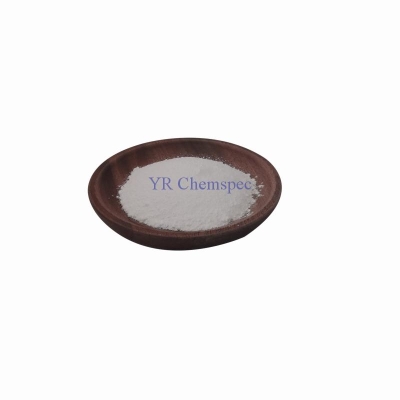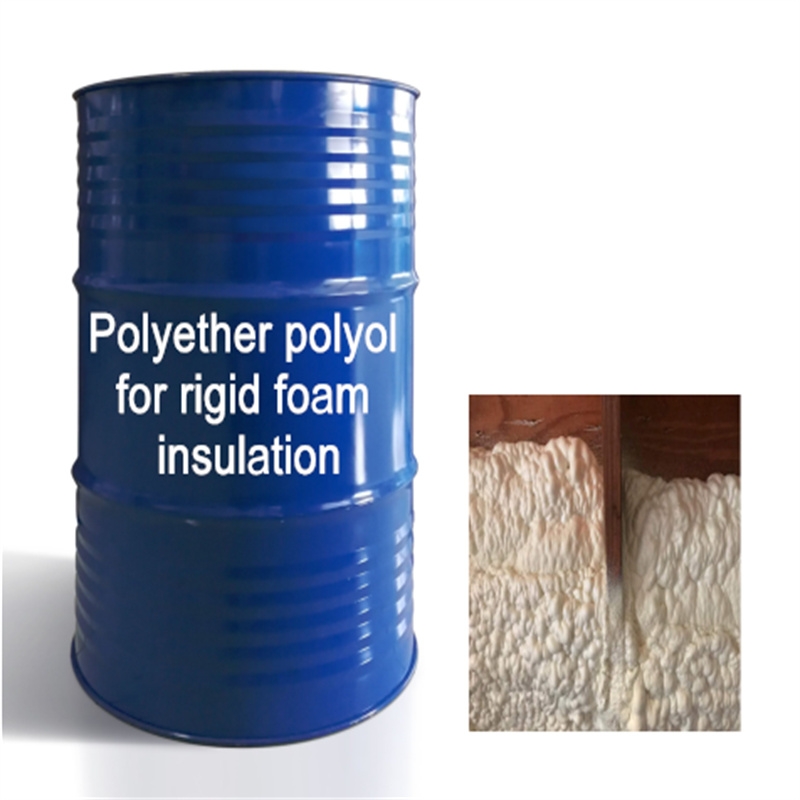-
Categories
-
Pharmaceutical Intermediates
-
Active Pharmaceutical Ingredients
-
Food Additives
- Industrial Coatings
- Agrochemicals
- Dyes and Pigments
- Surfactant
- Flavors and Fragrances
- Chemical Reagents
- Catalyst and Auxiliary
- Natural Products
- Inorganic Chemistry
-
Organic Chemistry
-
Biochemical Engineering
- Analytical Chemistry
- Cosmetic Ingredient
-
Pharmaceutical Intermediates
Promotion
ECHEMI Mall
Wholesale
Weekly Price
Exhibition
News
-
Trade Service
6.
1.
1 Principles and influencing factors of biological denitrification
6.
1.
1.
1 Principles and influencing factors of traditional biological nitrogen removal
Traditional biological denitrification is generally completed by two processes, nitrification and denitrification
.
The nitrification process can be divided into two processes, which are completed by nitrite bacteria and nitrate bacteria
.
The nitration reaction formula is as follows:
(1) Ammonification reaction
RCHNH 2 COOH+O 2 →NH 3 +CO 2 ↑+RCOOH
(2) Nitration reaction
NH2 .
4 + + 1.
5O 2 → NO 2 - + H 2 O + 2H +
NO 2 - + 0.
5O 2 → NO .
3 -
Nitrification overall reaction formula: NH2 .
4 + + 2O 2 → NO .
3 - + H 2 O + 2H +
Nitrifying bacteria are chemical autotrophic bacteria with low growth rate and more sensitive to environmental conditions.
Temperature, dissolved oxygen, sludge age, pH value, organic load, etc.
will all affect it
.
The nitrification reaction has higher requirements for dissolved oxygen, and the dissolved oxygen in the treatment system should be kept above 2mg/L
.
Denitrifying bacteria are heterotrophic facultative anaerobes.
In the presence of oxygen, they will use oxygen as electron acceptor for aerobic respiration; in the absence of oxygen but in the presence of nitrate nitrogen or nitrite nitrogen, they will Nitrate nitrogen or nitrite nitrogen is used as an electron acceptor, and organic carbon is used as an electron donor for denitrification
.
The characteristics of nitrite bacteria and nitrate bacteria are shown in Table 6-1
.
Table 6-1 Characteristics of nitrite bacteria and nitrate bacteria
The denitrification reaction refers to the process in which denitrifying bacteria reduce nitrate and nitrite to nitrogen without molecular oxygen
.
The reaction formula of the denitrification process is as follows:
NO .
3 - + 2H (electron donor - organics) → NO 2 - + H 2 O
NO 2 - + 5H (electron donor - organics) → 0.
5N 2 ↑ + 2H 2 O + OH -
In the denitrification reaction, the biggest problem is the amount of organic carbon that can be used for denitrification in the sewage and its biodegradability
.
When BOD in sewage
.
Table 6-2 Influencing factors of nitrification-denitrification process
6.
1.
1.
Different from the traditional biological denitrification, two new nitrification-denitrification denitrification theories have been formed: simultaneous nitrification and denitrification and short-cut nitrification and denitrification
.
Simultaneous nitrification and denitrification is a new theory, which needs to be further improved
.
Studies have found that simultaneous nitrification and denitrification occur under anaerobic conditions with limited oxygen supply or lack of organic carbon sources.
At this time, ammonia and nitrite act as electron donors and electron acceptors, respectively, resulting in aeration energy consumption and organic carbon source The demand is greatly reduced
Compared with the former, the theory of short-cut nitrification and denitrification is much more mature.
The water pollution control laboratory of Beijing University of Technology is the earliest and more mature research in this area in China
.
The theoretical core of short-cut nitrification and denitrification is to keep the nitrification reaction in the nitrosation stage
.
Related links: MBR technical engineering examples (two)







